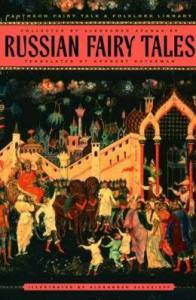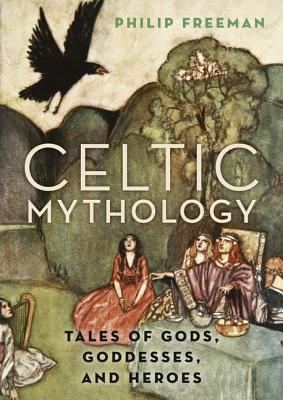Download links for: O Projecto Lazarus


Reviews (see all)
Write review
A gripping take on temporality, existential angst, and socio-political identity.
A stirring account of how we think about, and narrativize, the past.
Beautiful Writing, difficult topics.
Gran libro, gran libro.
Didn't finish.
Other books by Historical Fiction
Other books by Aleksandar Hemon
Related articles












